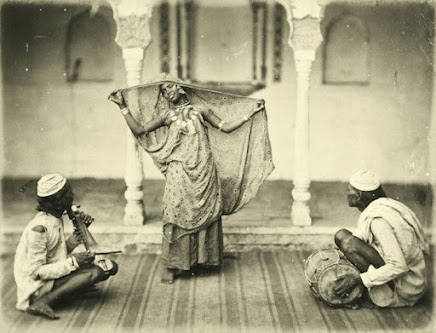History of Photojournalism Final - The Allegory of AI

Art by Madeline Jacyszn, 12/12/23 Art by Madeline Jacyszn, 12/12/23 Unfortunately, my project isn't quite in the form I wanted it to be. It is very obviously not a gif as I stated I wanted to make in my project proposal. That is because I did not realize that the online version of PowerPoint that comes with my school OneDrive account does not come with all of the features. Specifically, I was missing the ability to fill shapes with an image which made it impossible to do any of the animations I wanted to try out in the example video I linked. So that leaves me with the two illustrations that were supposed to compose the gif. My set of illustrations were intended to comment on how I don't believe images generated by AI can qualify as photojournalism or even can replace photojournalism. In my first image, a photojournalist is documenting an event, caught in a moment of checking on their camera before resuming shooting while the people around them continue to protest. The second...


